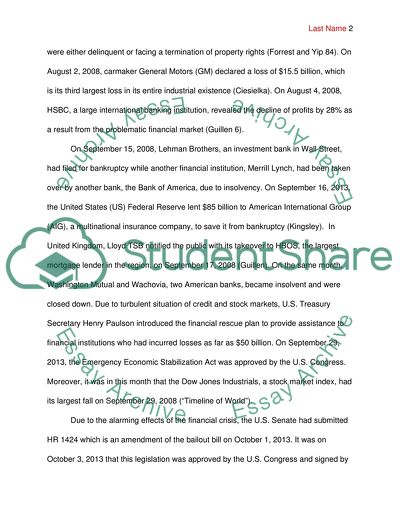Cite this document
(Engineering Economic: 2008 Financial Crisis Term Paper, n.d.)
Engineering Economic: 2008 Financial Crisis Term Paper. Retrieved from https://studentshare.org/macro-microeconomics/1805275-engineering-economic
Engineering Economic: 2008 Financial Crisis Term Paper. Retrieved from https://studentshare.org/macro-microeconomics/1805275-engineering-economic
(Engineering Economic: 2008 Financial Crisis Term Paper)
Engineering Economic: 2008 Financial Crisis Term Paper. https://studentshare.org/macro-microeconomics/1805275-engineering-economic.
Engineering Economic: 2008 Financial Crisis Term Paper. https://studentshare.org/macro-microeconomics/1805275-engineering-economic.
“Engineering Economic: 2008 Financial Crisis Term Paper”, n.d. https://studentshare.org/macro-microeconomics/1805275-engineering-economic.


